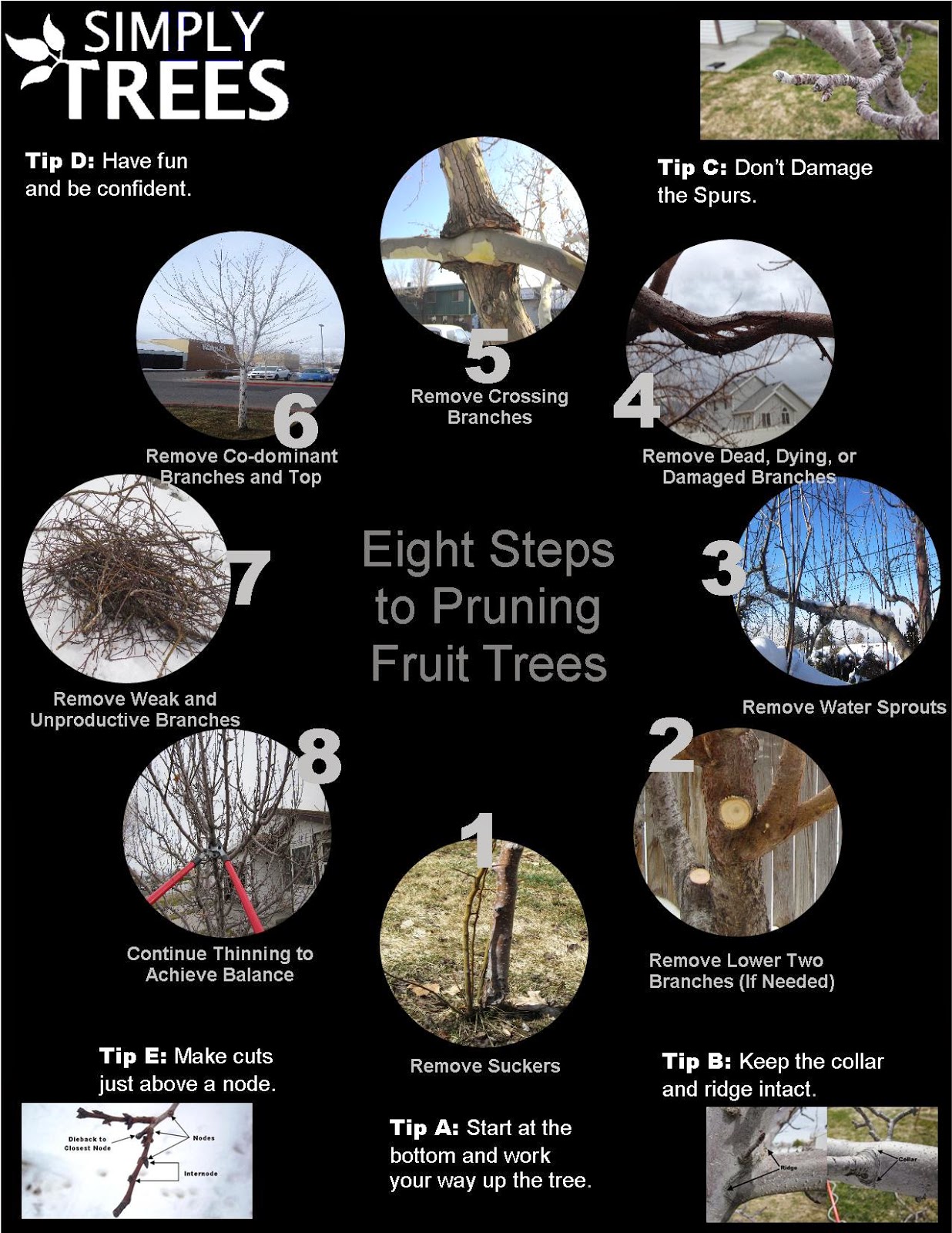Signs It's Time For Tree Removal: How To Determine Hazardous Trees
Signs It's Time For Tree Removal: How To Determine Hazardous Trees
Blog Article
Short Article By-Velling Skovsgaard
When it comes to tree care, recognizing the signs that it's time for elimination is essential for your safety and residential property. You may notice discolored fallen leaves, wilting branches, or odd fungal growths suggesting health issue. Architectural issues, like a significant lean or fractures in the trunk, can also posture dangers. Recognizing these indication can aid you make notified decisions concerning your trees and avoid prospective risks hiding in your backyard. What should you look for following?
Indications of Decay and Illness
When you notice indicators of decay and disease in your trees, it's critical to act rapidly. Seek tarnished fallen leaves, wilting branches, or unusual growths like fungi. https://thedailychronicle.in/news/2409487/trending-now-data-monetization-market-dynamics-positioning-segmentations-competitive-landscaping-and-benchmarking-opportunity-analysis-economic-forecasting-and-impact-of-covid-19-analysis/ can show that your tree is having a hard time.
If you see splits in the bark or soft, mushy wood, these signs and symptoms suggest internal decay. Furthermore, a sudden boost in insects around your tree can signify that it's deteriorated and vulnerable.
Look for any dead or passing away arm or legs, as they position a danger to your residential or commercial property and security. If you doubt concerning what you see, consulting an arborist can offer clearness.
Attending to these signs early can conserve you from more comprehensive damage and make certain the health of your lawn. Don't wait till it's far too late.
Structural Instability and Leaning
As you observe your trees, watch out for any type of indicators of structural instability or leaning. If a tree leans significantly, it may indicate that the root system is jeopardized.
Look for any splits in the trunk or soil around the base; these can indicate possible failure. Additionally, look for unusual growth patterns, like a lopsided crown, which might recommend that the tree is struggling to hold itself upright.
If you observe that the tree favors your home, high-voltage line, or various other frameworks, it postures a greater threat. How To Prune A Mango Tree neglect these indications-- get in touch with an arborist to assess the situation.
Acting early can protect against https://bushstumpremovaltool28406.mybuzzblog.com/15034347/total-guidebook-on-tree-stump-elimination-strategies-and-recommendations-for-a-neat-atmosphere and ensure your safety.
Dead or Dying Branches and Vegetation
If you discover dead or dying branches and foliage on your tree, it's a clear indicator that something's incorrect.
These harmful locations can suggest underlying concerns like illness, bug invasions, or environmental stress. When branches shed their leaves or turn brownish, they're no more contributing to the tree's health and wellness. Disregarding these signs can result in more decline, making your tree extra dangerous.
Dead branches can conveniently break off throughout storms, posing a danger to property and individuals close by. It's essential to examine the degree of the damage.
If the trouble influences a substantial part of the tree, take into consideration speaking with a specialist. They can help identify if elimination is needed to make sure safety and preserve the beauty of your landscape.
Verdict
If you discover any type of signs of degeneration, structural instability, or dead branches on your trees, do not ignore them. These signs can position severe safety and security threats to you and your home. It's always best to consult an expert arborist who can provide a specialist analysis of your trees. Taking action early can protect against mishaps and costly damage, ensuring your landscape stays secure and healthy. Keep in mind, it's better to be proactive concerning tree care than to wait for a calamity to take place.
